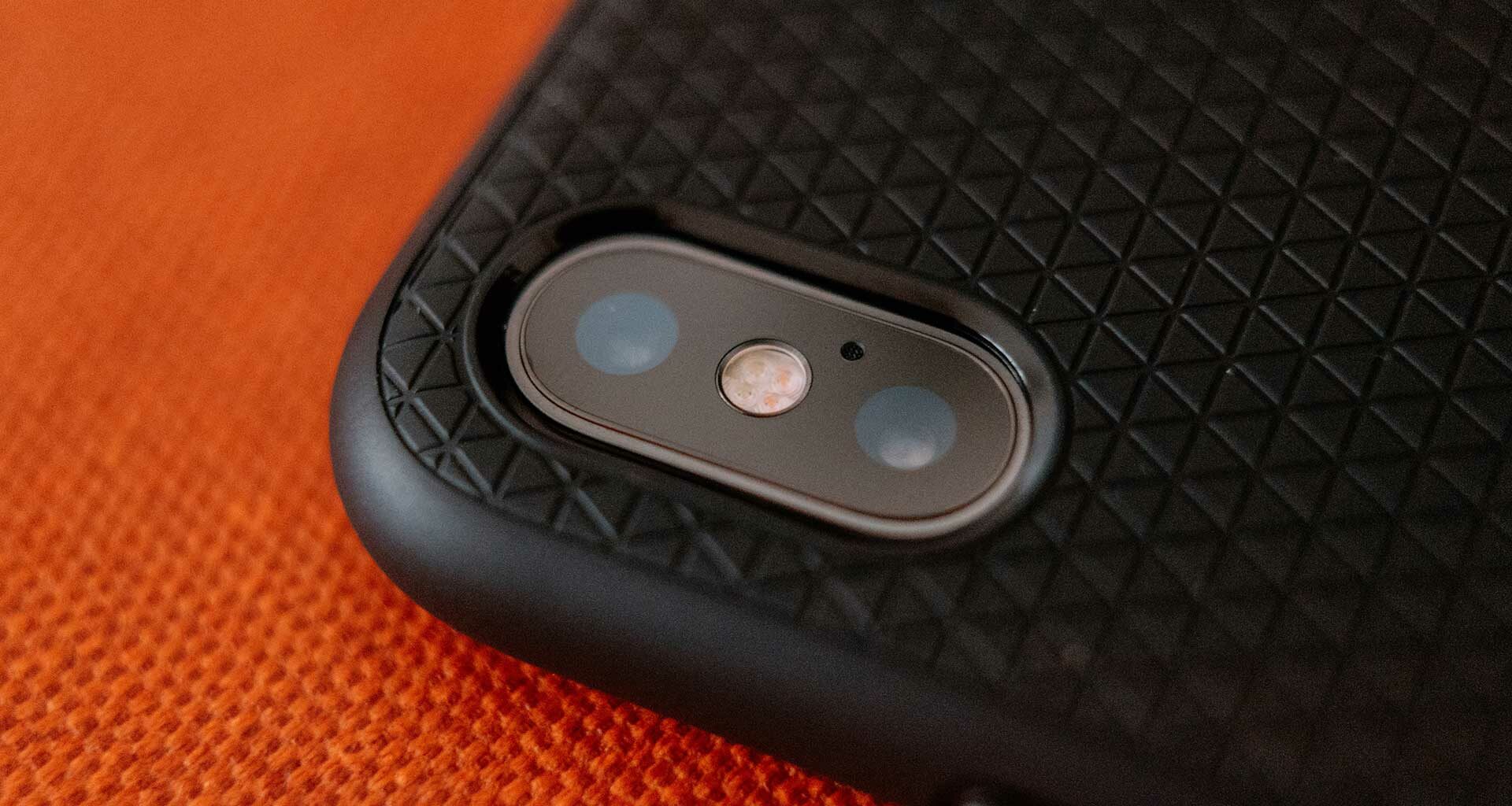Editor’s Note: You may have noticed that we’ve been layering in content that has to do with more human and empathetic approaches to customer engagement. This latest installment offers guidance for marketers and the evolving role of UX in that effort.
As social distancing has impacted over 1/5 of the world’s population, a dramatic shift has occurred in how many people are experiencing the world. Apart from the people who we are surrounded by in our homes or who some of us may interact with at work (for those not working from home), the way we experience the external world is becoming a more digital experience. People all over the world are looking at each other through webcams (actually we are mostly looking at peoples’ foreheads because it’s not natural for us to look into the camera when we are speaking yet).
By Bob Sybydlo
Despite the impact and changes brought on by the COVID-19 pandemic, mobile audiences are only going to continue to grow. For starters, younger generations will be growing up in a world dominated by the smart phone and secondly, it’s simply not plausible that people would choose to stop using their mobile devices to engage with their world, especially during and post social-isolation.
Regardless of this shift, the mobile experience will only become more important to how people experience brands, products, and communities.
Attention Spans are Shorter
Consumers who are browsing content, products, email, and other services on their mobile devices tend to move much faster than previous “non-mobile” cultures. Oftentimes, they are doing more than just one thing at a time. Consumers are listening to music and podcasts, gaming, texting, scrolling through social feeds, etc., and are often on the move. It is safe to assume that the average consumer is very distracted.
Mobile CX to the Rescue
On the other hand, the shift towards a “mobile-first” way of working still has a long way to go. This means working through your mobile customer experience, from beginning to end, and observing how easily a mobile user can read your communications, engage with your brand, navigate your sites, and complete any actions, such as making a purchase.
Some things to keep in mind when trying to market to the distracted consumer include:
- Keeping communications as concise as possible. Less is more.
- Communications should be targeted and personalized to your customer.
- Separate your communications into two buckets to send more acute content:
- “Proactive”: predictive modeling, next predicted action.
- “Reactive”: based on a customer’s action or inaction.
Ultimately, keeping pace with customers in today’s landscape means that you are in some way adding to the “noise”. However, to stand out you must be as simple and direct as possible to each unique consumer’s workflow. Take advantage of the tools your sending platforms offer to understand what people are and are not engaging with and be sure to react and keep pace.
 Bob Sybydlo is a Digital Technology, Automation, and Transformation expert focused on the intersection of Marketing and Data.
Bob Sybydlo is a Digital Technology, Automation, and Transformation expert focused on the intersection of Marketing and Data.













1 comment